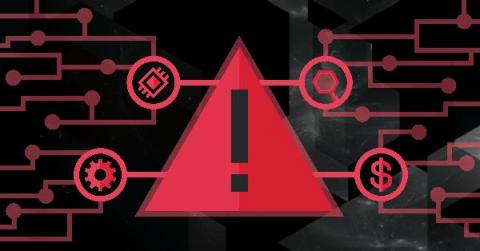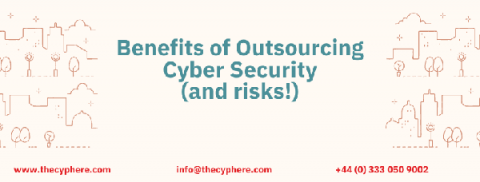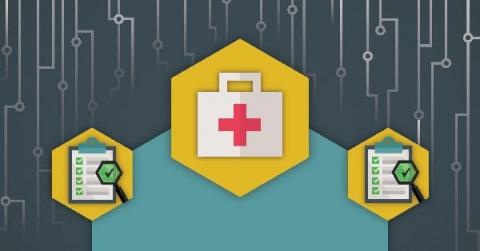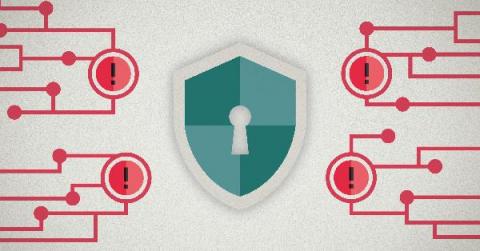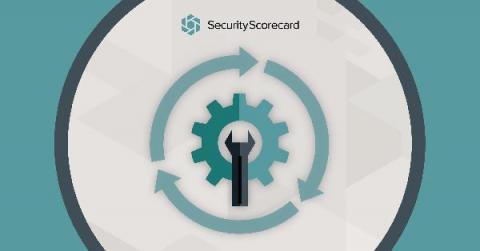What is the Difference Between Vulnerability Assessment and Penetration Testing?
A vulnerability assessment is the process of identifying IT security weaknesses in your network, operating systems, firewalls, and hardware, and then taking steps to fix them. Penetration testing, also known as “pen testing,” is an intentional, simulated cyberattack against your IT systems to find vulnerabilities and test the efficacy of cybersecurity controls. Both are essential components of a comprehensive vulnerability management and network security protocol.



